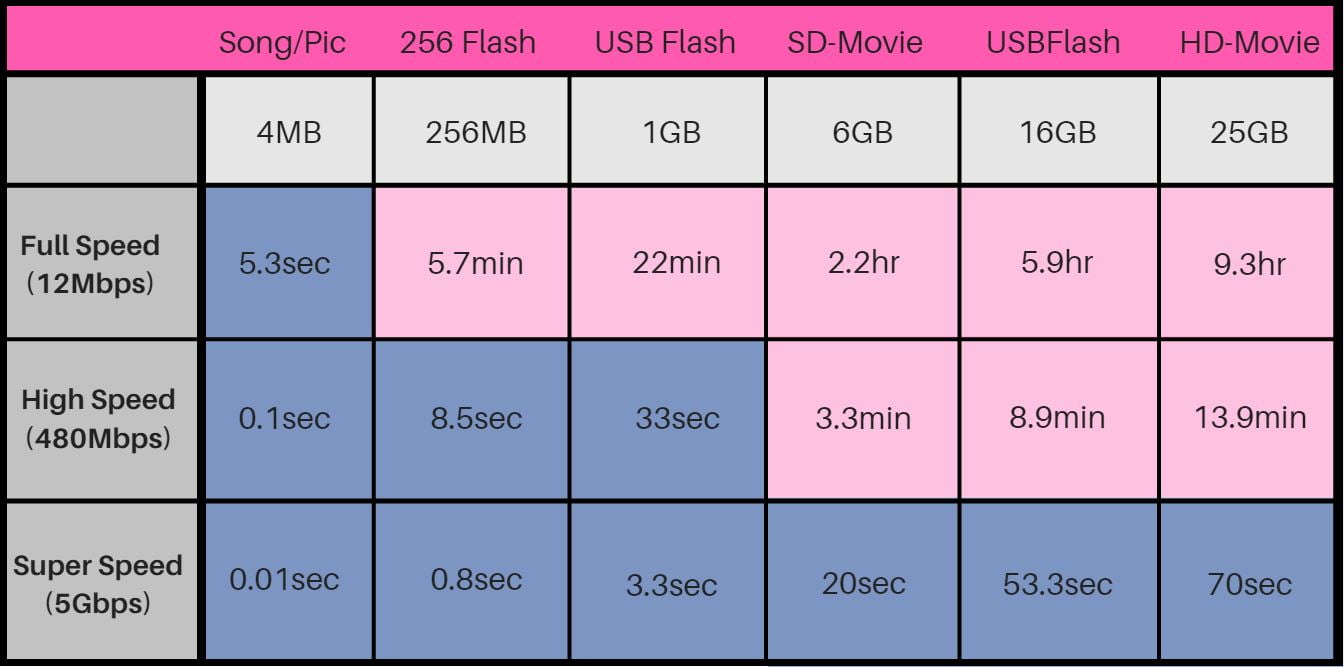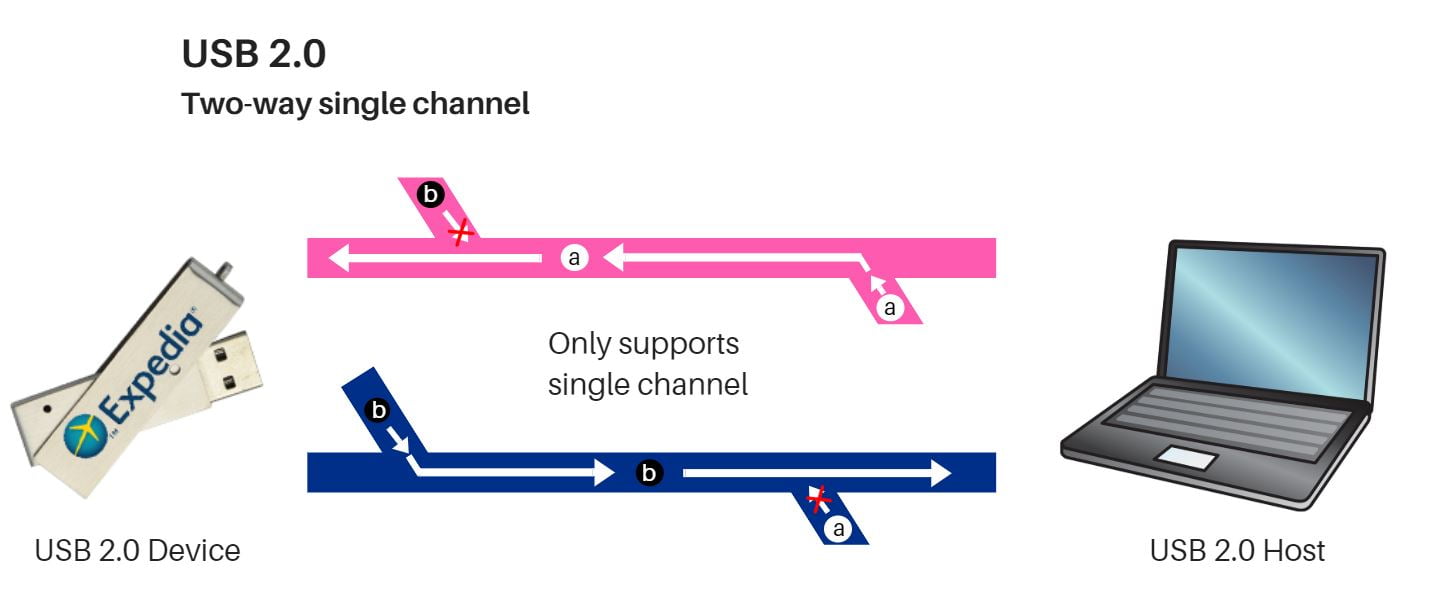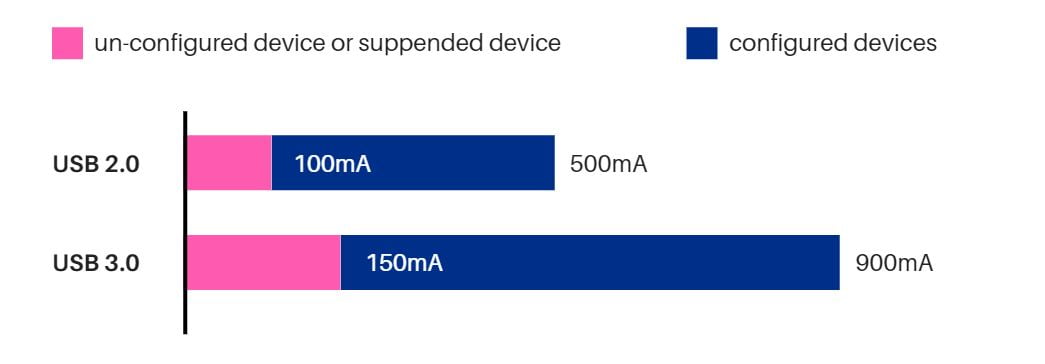A USB 3.0 interface can significantly reduce storage and transfer times for external hard drives, USB drives, and camera memory cards, which is vital when we consider the sheer number of high-definition digital devices available today and the demands that come with it.
For example, if you were to transfer a 25-gigabyte Blu-ray® film, it would take approximately 14 minutes if you were to use a USB 2.0 interface. However, if you used a USB 3.0 interface the same file could be transferred in just 70 seconds, which is 10x faster! That’s an incredible difference!

Features
USB 3.0 is the future and the new generation in transmission tech, with the following advantages:
Super speed – It’s 10 times faster than its predecessor and backward compatible with all USB 2.0 interfaces. It uses a 9-pin connector with 4 pins compatible with USB 2.0 and another 5 pins for bi-directional data transfer.
Note: USB 3.0 has five more pins than USB 2.0, this is to allow the USB host and device to operate in dual channels, for even faster data transfer.

Note: USB 2.0 hosts and devices using only simultaneous single-channel transmission can only receive or transmit a single signal, which in some cases can cause delays and hold up the transfer.
Energy efficient – The power consumption of USB 3.0 is one-third of USB 2.0 due to the implementation of three-tier multi-layer power management technology. This basically means that it provides different power for different devices, this flexibility helps to significantly reduce power consumption.
Higher current – USB 3.0 Output current reaches 900mA, an 80% increase over the 500mA supply of USB 2.0. It is this higher current that allows USB devices to charge faster.

External Differences
- The USB 3.0 connector is blue.
- The top 5 pins provide the two-way data transfer.
- The bottom 4 pins provide backward compatibility with USB 2.0.
Note: All USB 3.0 Interfaces are blue (Pantone 300C)
For more information, please get in touch



